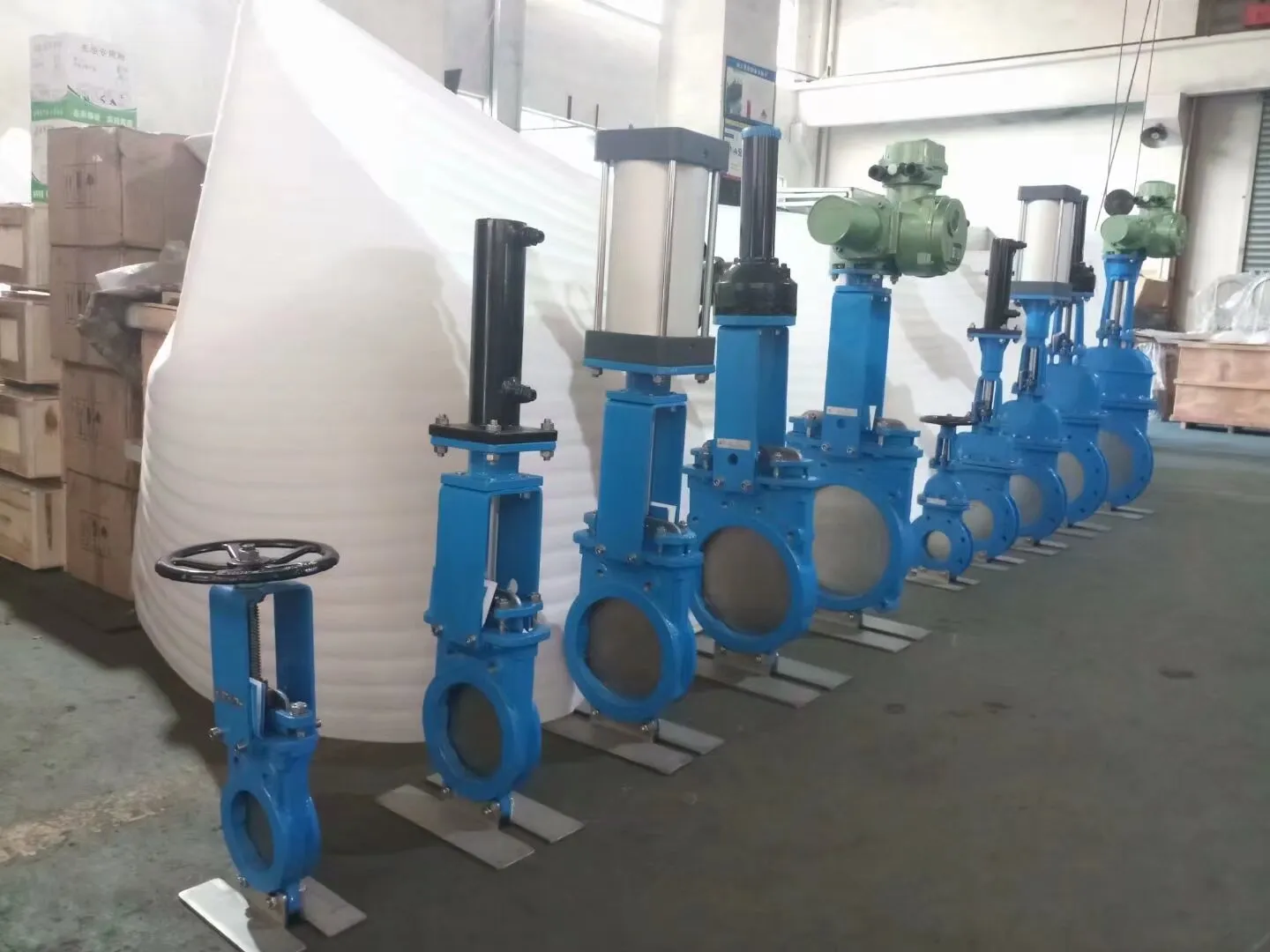pressure gauge with needle valve
Understanding Pressure Gauge with Needle Valve An Essential in Fluid Mechanics
In the field of fluid mechanics and control systems, precision is paramount. One of the critical instruments in managing and monitoring fluid pressure is the pressure gauge, and when paired with a needle valve, it becomes an indispensable tool in various industrial applications.
What is a Pressure Gauge?
A pressure gauge is an instrument used to measure the pressure of gases or liquids in a system. These gauges often come in various types, including analog and digital formats, enabling users to read the pressure levels easily. The readings from the pressure gauge ensure that systems are operating within safe and optimal parameters, thereby preventing failures, leaks, or hazardous situations.
The common units of measurement for pressure include Pascals (Pa), Bars, and pounds per square inch (PSI). Depending on the application, different types of pressure gauges may be utilized, including bourdon tube gauges, diaphragm gauges, and piezoresistive sensors. Each type has its own advantages and is chosen based on the specific needs of the system being monitored.
The Role of a Needle Valve
A needle valve is a type of valve used to regulate the flow of fluids within a piping system. Its design features a long, tapered stem that allows for fine adjustments to the flow rate. This ability to throttle the fluid flow provides a precise control mechanism, making needle valves particularly suitable for applications requiring delicate adjustments.
When a needle valve is employed in conjunction with a pressure gauge, it creates a system that allows not only for the monitoring of pressure but also for the control of flow. This combination is especially useful in applications such as hydraulic systems, gas distribution, and laboratory settings where precise fluid control is necessary.
pressure gauge with needle valve

Integrating Pressure Gauges with Needle Valves
The integration of a pressure gauge with a needle valve facilitates better management of fluid systems. When technicians or engineers adjust the needle valve, they can observe the effect of that adjustment on the pressure gauge in real-time. This immediate feedback is crucial for ensuring that systems remain within their specified pressure ranges.
For instance, in a hydraulic system, controlling the flow rate through a needle valve can impact the pressure exerted by the fluid. By monitoring the pressure gauge, operators can prevent overpressure situations that could lead to equipment failure or damage. Furthermore, the user can fine-tune the flow to optimize efficiency and performance.
Applications in Various Industries
The combination of pressure gauges with needle valves is prevalent across various industries. In the oil and gas sector, for example, the precise control of pressure within pipelines is critical for safe operations. Similarly, in chemical processing, where reactions can be highly sensitive to pressure and flow changes, using this combination allows for enhanced safety and efficiency.
In water treatment facilities, managing the pressure in water distribution systems ensures that clean water is delivered effectively to consumers. Additionally, in laboratory environments, where experiments often rely on specific pressures and flow rates, this integration is invaluable for achieving accurate results.
Conclusion
In conclusion, the pressure gauge with a needle valve is a crucial tool for maintaining control and precision in fluid delivery systems. Understanding how these instruments work together enables operators and engineers to optimize fluid flow and monitor system pressures effectively. As industries continue to grow and evolve, the importance of accurate measurement and regulation in fluid dynamics will remain central to operational success and safety. By investing in quality pressure gauges and needle valves, businesses can enhance their process reliability, ensure compliance with safety standards, and ultimately achieve better overall performance.
-
The Key to Fluid Control: Exploring the Advantages of Ball Valves in Industrial SystemsNewsJul.09,2025
-
The Versatile World of 1, 2, and 3 Piece Ball ValvesNewsJul.09,2025
-
Stainless Steel Ball Valves: The Ideal Choice for Efficient Flow ControlNewsJul.09,2025
-
Optimizing Fluid Control with Ball Float ValvesNewsJul.09,2025
-
Manual Gate Valves: Essential for Control and EfficiencyNewsJul.09,2025
-
Everything You Need to Know About Butterfly ValvesNewsJul.09,2025
-
The Versatility of Wafer Type Butterfly ValvesNewsJul.08,2025




